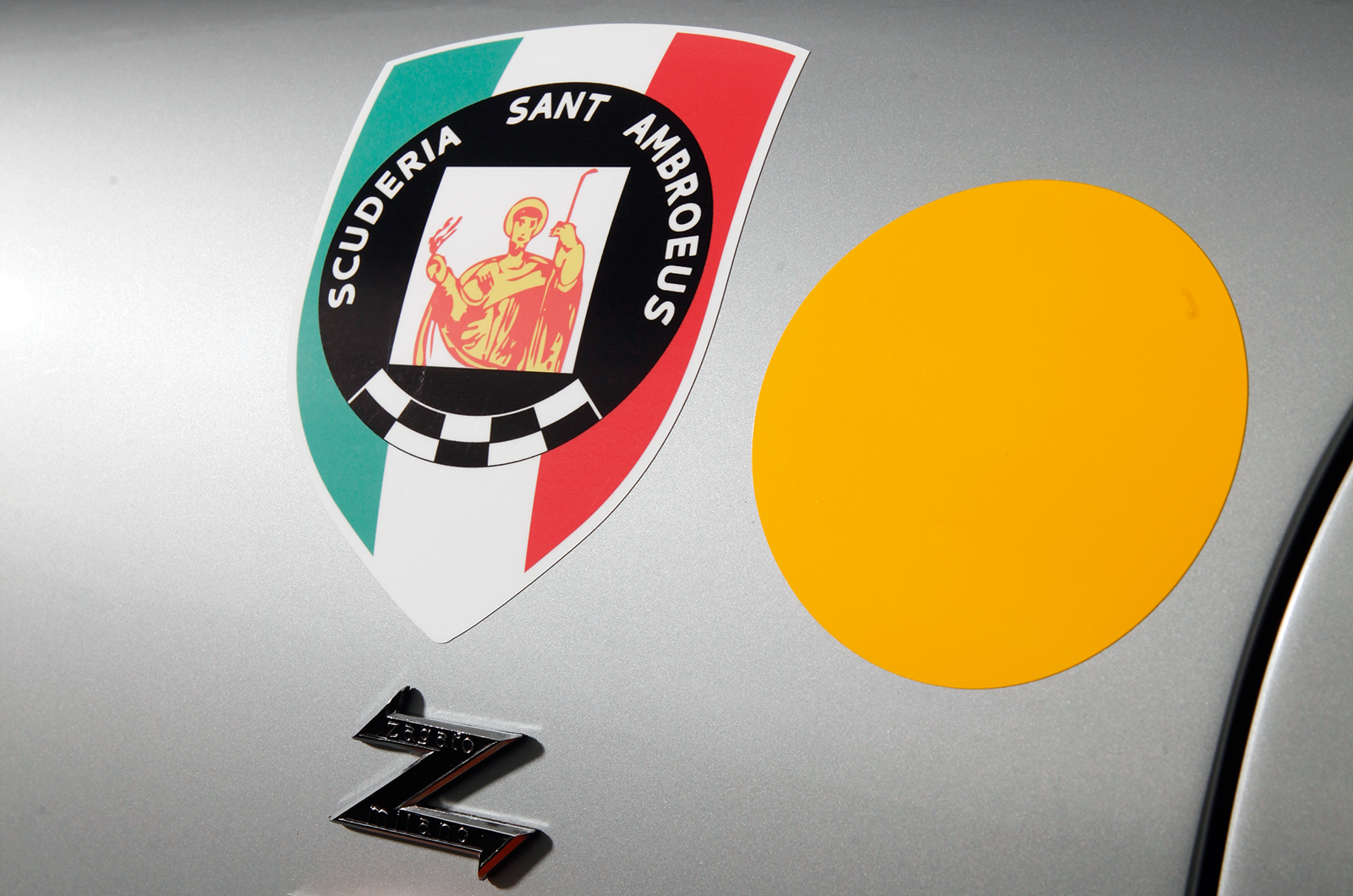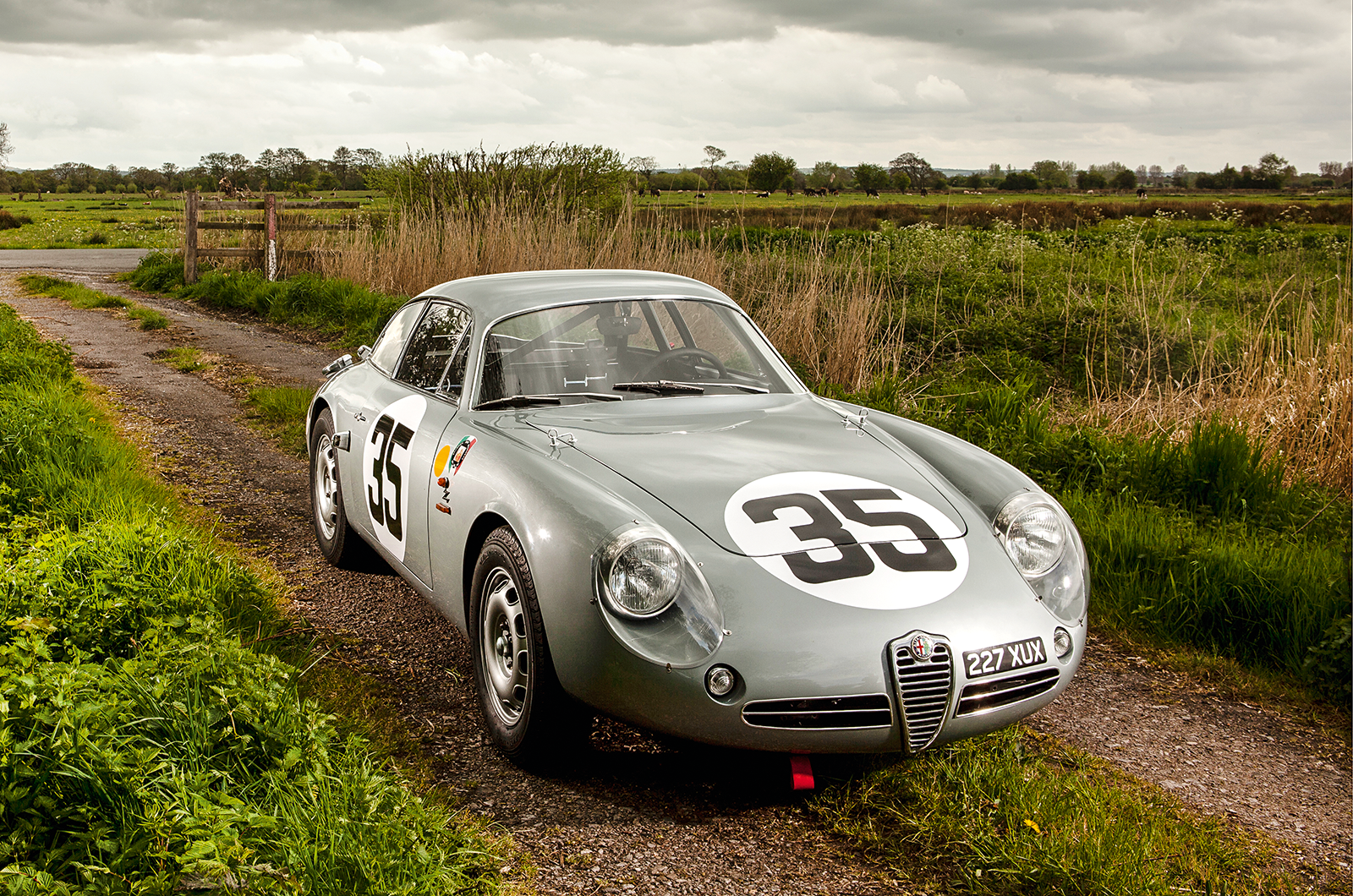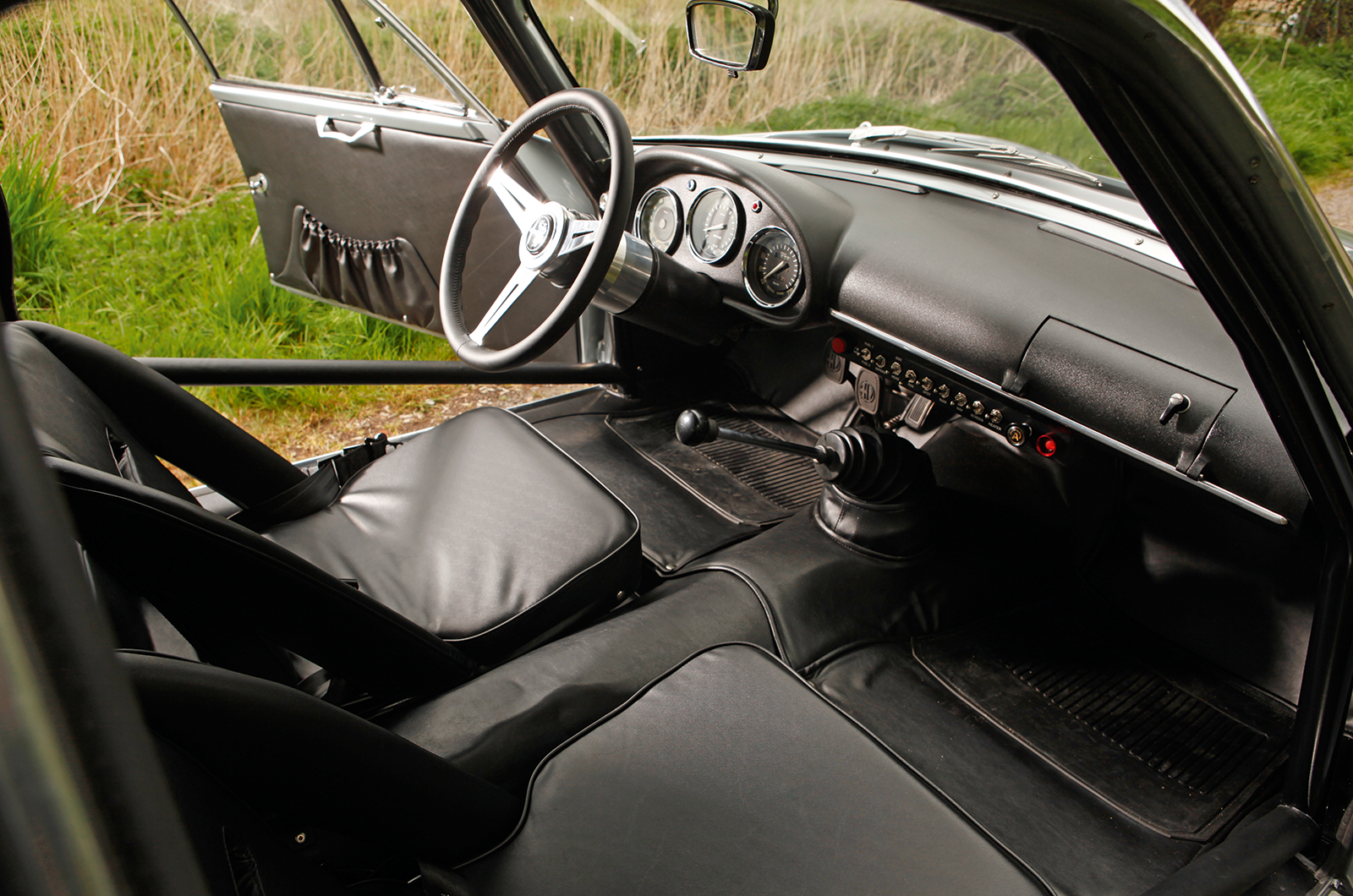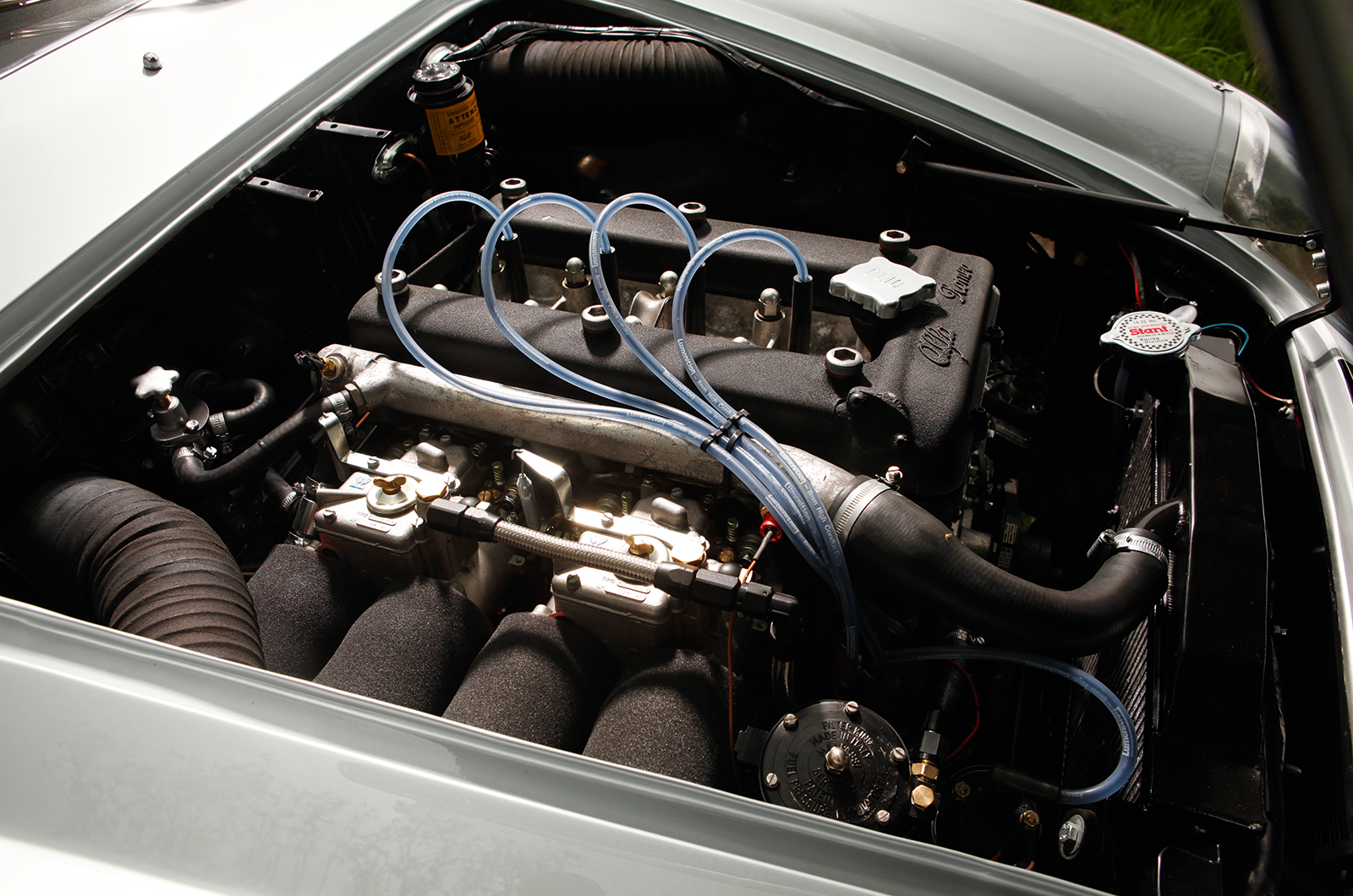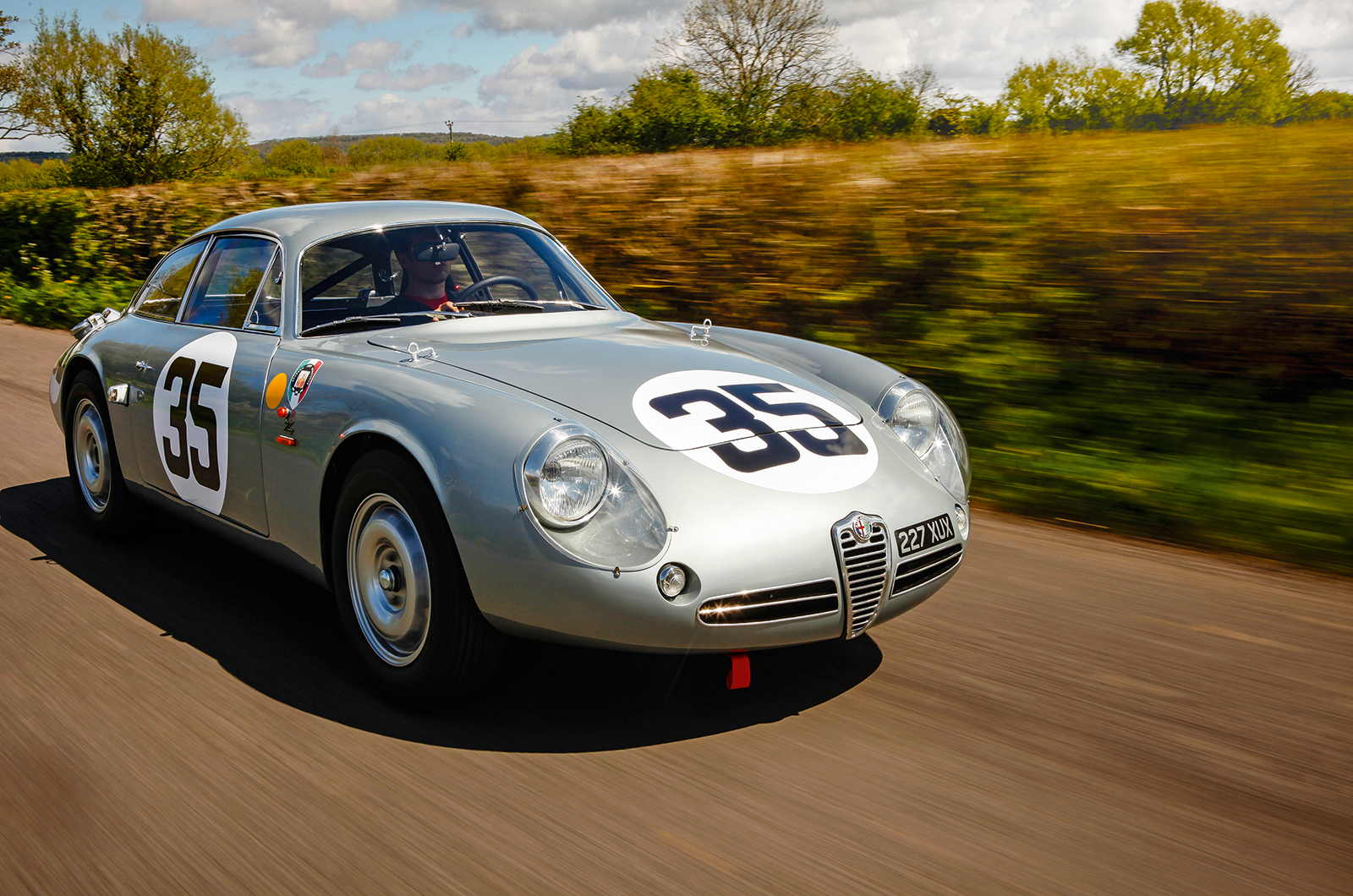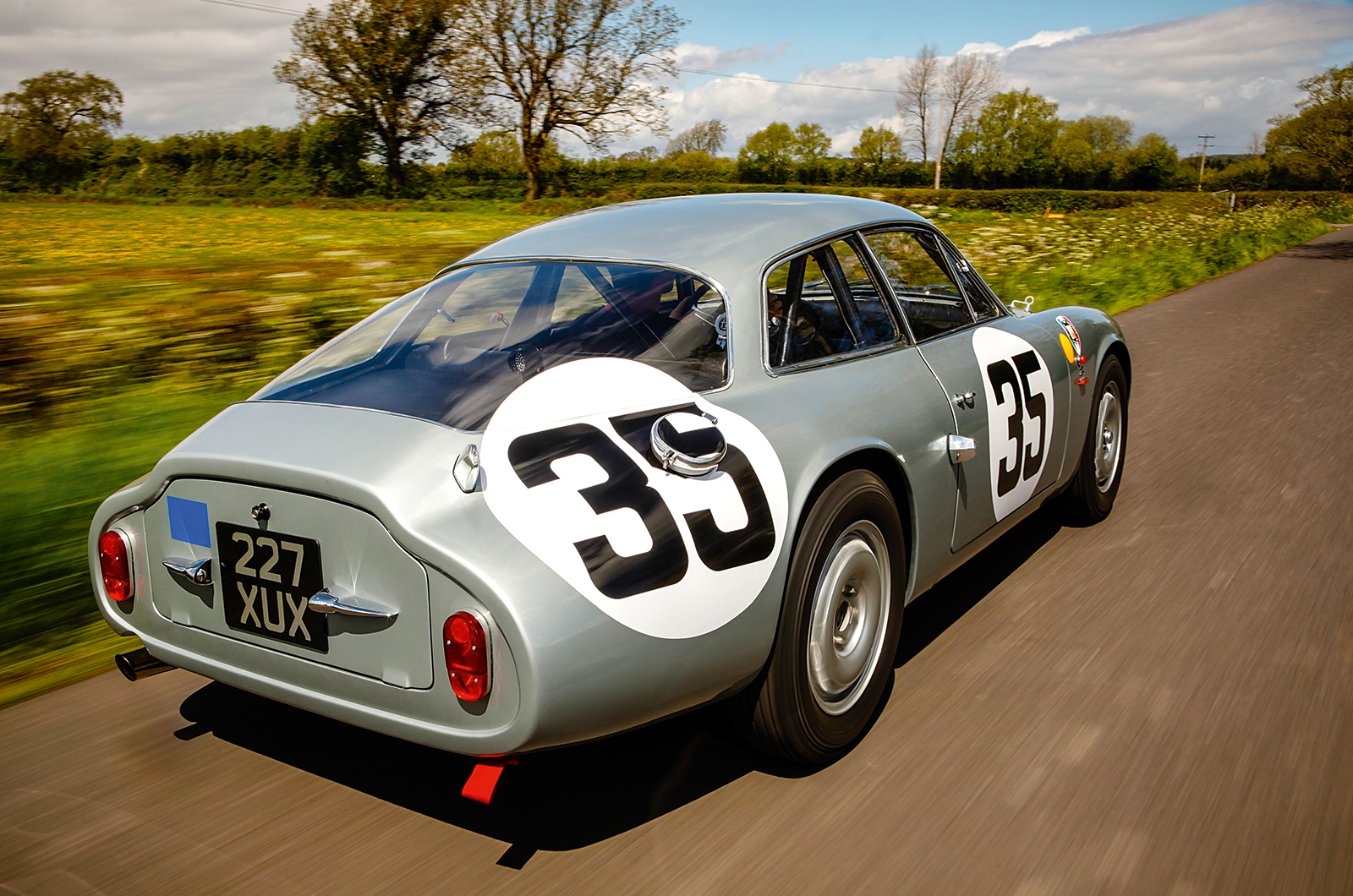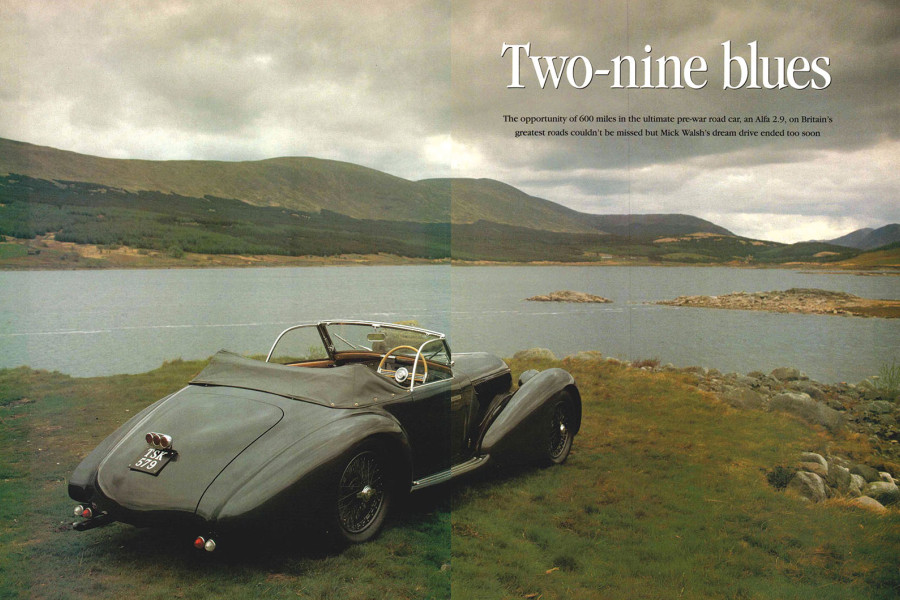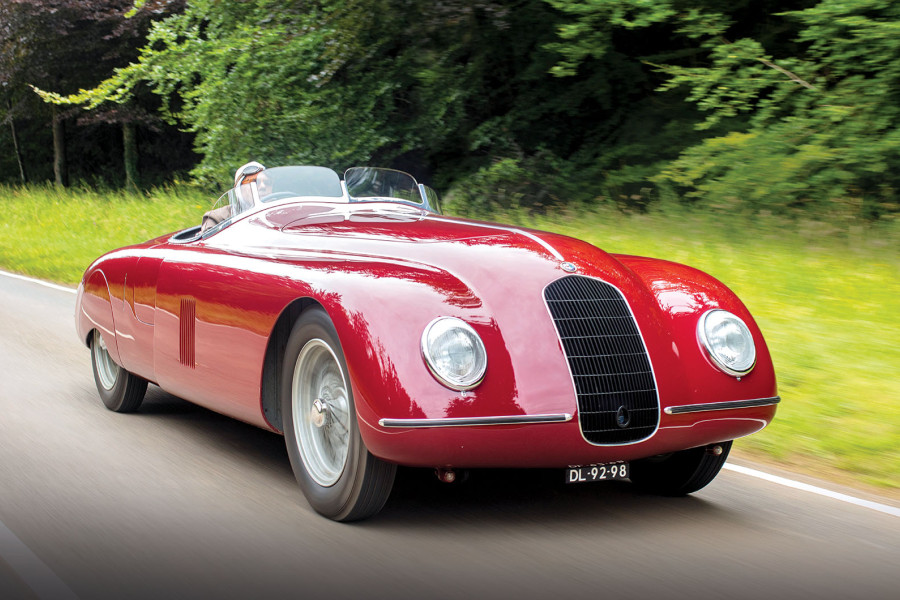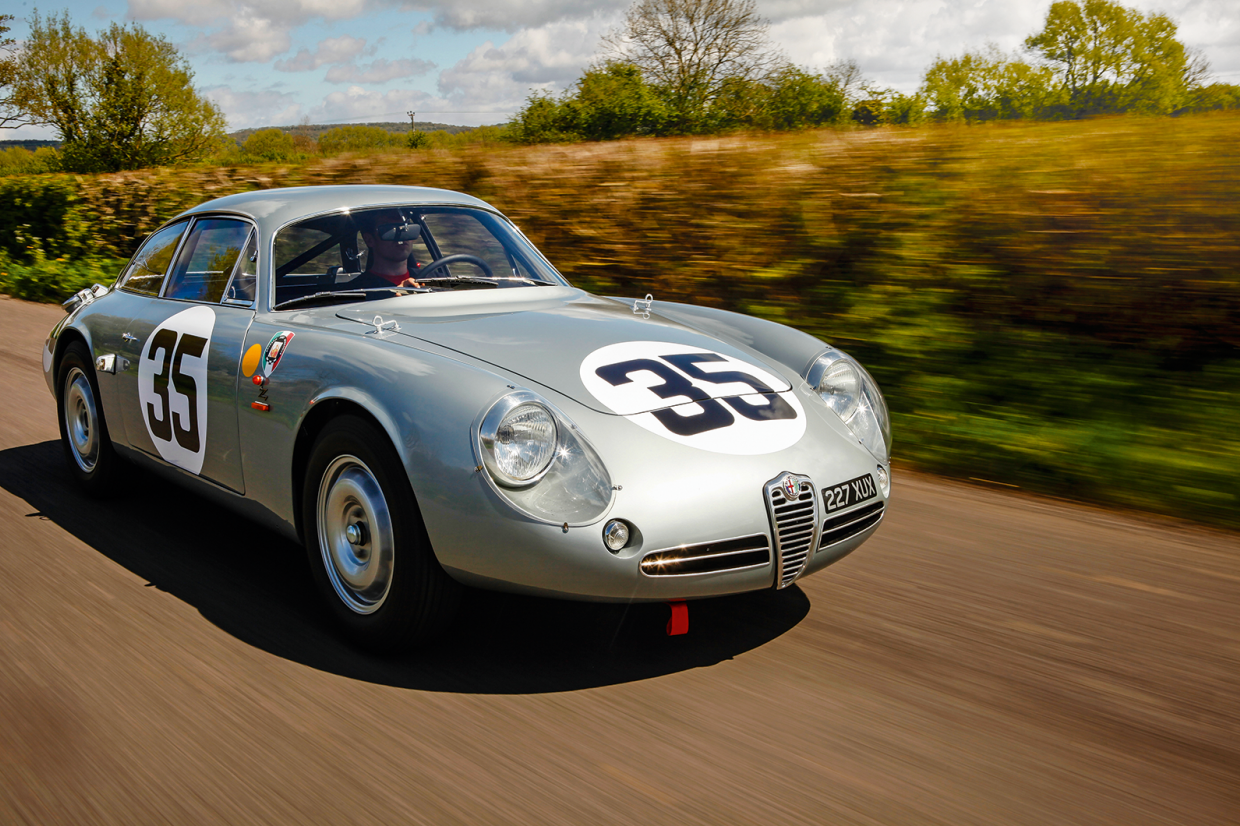
Alfa Romeo and Zagato are intrinsically linked, a sporting tradition that dates back to the early 1930s with the superb 6C-1750.
The great Milanese marque’s allegiance switched to Touring for its competition models during the later pre-war years, but the connection with Zagato flourished during the Giulietta era.
The origins of the first Sprint Veloce Zagato were literally the result of an accident. In May 1956, Massimo Girolamo Leto di Priolo entered his newly acquired SV in the Mille Miglia, but the gentleman racer was hospitalised just four days after its collection when he crashed heavily on the famous road race.
Rather than rebuild the Alfa’s production Bertone body, the wreck was dispatched to Via Giorgini where di Priolo instructed Elio Zagato’s team to transform it into a lightweight GT.
A frame of thin steel tubes was mounted on the original Giulietta platform chassis, which then carried a lightweight aluminium body. With a total weight of just 750kg (the Sprint Veloce was 895kg), the SVZ’s performance and handling were transformed.
The newly completed ‘special’ made its debut at Monza in the Coppa InterEuropa where di Priolo dominated the 1300cc class, beating all the standard Bertone-bodied SVs.
Inevitably, there was a rush of rivals to Zagato’s door for similar conversions and the SVZ (later SZ) was unofficially born.
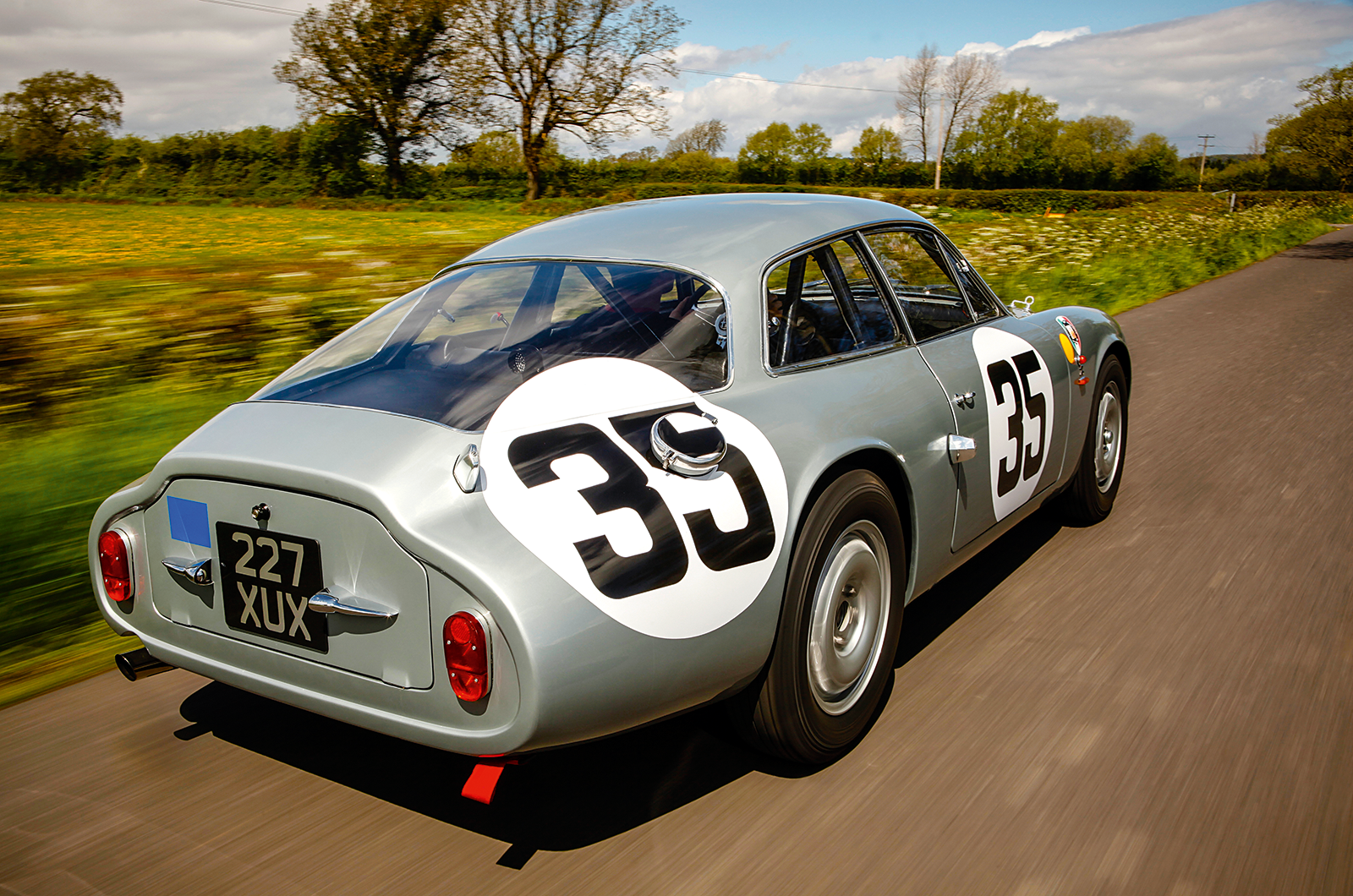
The Alfa’s Kamm tail previewed the TZ that followed

